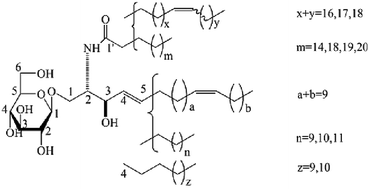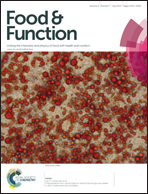The WNT/β-catenin pathway is involved in the anti-adipogenic activity of cerebrosides from the sea cucumber Cucumaria frondosa
Abstract
Both adipocyte hypertrophy and hyperplasia lead to obesity. Here, we isolated cerebrosides from the sea cucumber Cucumaria frondosa (CFC) and examined its anti-adipogenic activity in vitro. CFC inhibited the lipid accumulation of 3T3-L1 cells and suppressed PPARγ and C/EBPα expressions, proving its anti-adipogenic activity. Furthermore, CFC suppressed lipogenesis in mature adipocytes. The WNT/β-catenin pathway acts as an anti-adipogenic factor. CFC enhanced β-catenin expression, promoted its nuclear translocation and up-regulated the expression of CCND1 and c-myc, two target genes of β-catenin. Moreover, after cells were treated with the β-catenin inhibitor 21H7, β-catenin nuclear translocation and transcription activity can be recovered by CFC. These findings suggested that CFC promoted the activation of the WNT/β-catenin pathway. Besides, CFC enhanced the expressions of Fz1, LRP5 and LRP6, while it had no effect on the expressions of Wnt10b and GSK3β. These findings indicated that CFC exhibits anti-adipogenic activity through enhancing the activation of the WNT/β-catenin pathway, which was mediated by FZ and LRPs.


 Please wait while we load your content...
Please wait while we load your content...